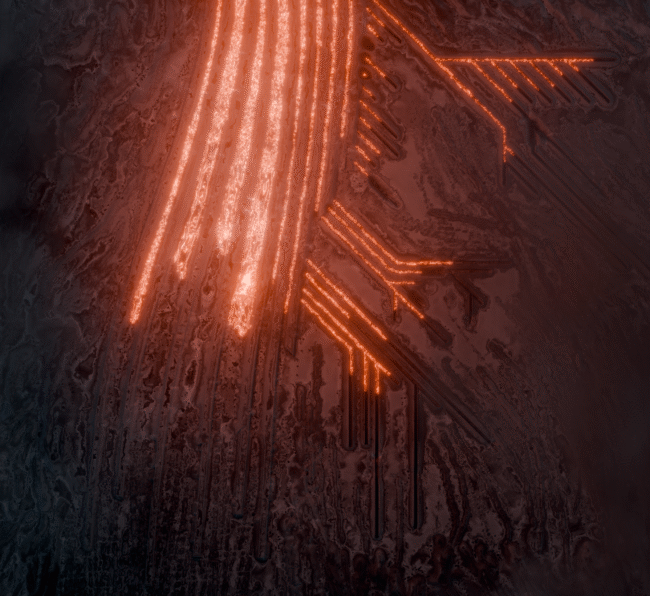When it comes to carbon emissions, there’s no bigger foe than the building and construction sectors, which contribute at least a third of global greenhouse gases.
A new project suggests a novel solution, albeit one still quite theoretical: Lava.
Over the past several months, the Volcanology Group at Lamont-Doherty Earth Observatory, led by Lamont research professor Einat Lev, had the opportunity to collaborate with a team of architects selected to exhibit at the Venice Biennale. (Lamont is part of Columbia University’s Climate School.) The project, “Lavaforming,” conceived by s.ap architects, imagines a future in which lava flows—like those regularly occurring on Iceland’s Reykjanes Peninsula—can be harnessed and shaped into sustainable building materials for entire cities.

While the concept may seem futuristic, it is grounded in possibility: a rough estimate suggests that if just 10% of the lava that erupted during Iceland’s 2021 Fagradalsfjall eruption were molded into structural elements, it could be used to build more than 10,000 three-story buildings—an extraordinary testament to lava’s untapped potential as a construction material.

As part of this collaboration, Lamont’s VICTOR team—creators of a cloud-based cyberinfrastructure for volcanology—worked closely with Lavaforming technologist Jack Armitage. The team used a suite of tools to simulate how lava might flow through and interact with the architectural forms of a hypothetical lava-molding facility. The simulations presented unique challenges, particularly due to the steep boundaries and narrow troughs envisioned in the design. Nevertheless, the team overcame these obstacles, helping to create science-informed animations that imagine an entire city built from shaped lava.

The VICTOR project offers the volcanology community a platform for performing simulations and other computations related to magmatic and volcanic processes, all within an environment that promotes open-source software and collaboration. In addition to modeling lava flows, the platform enables users to simulate a wide range of volcanic phenomena—such as the dispersal of gas and ash or the chemical evolution of magma within a volcano—and provides access to online datasets for topography, satellite imagery and other geospatial information.
Lavaforming is currently on view at the Icelandic Pavilion at the Biennale.









